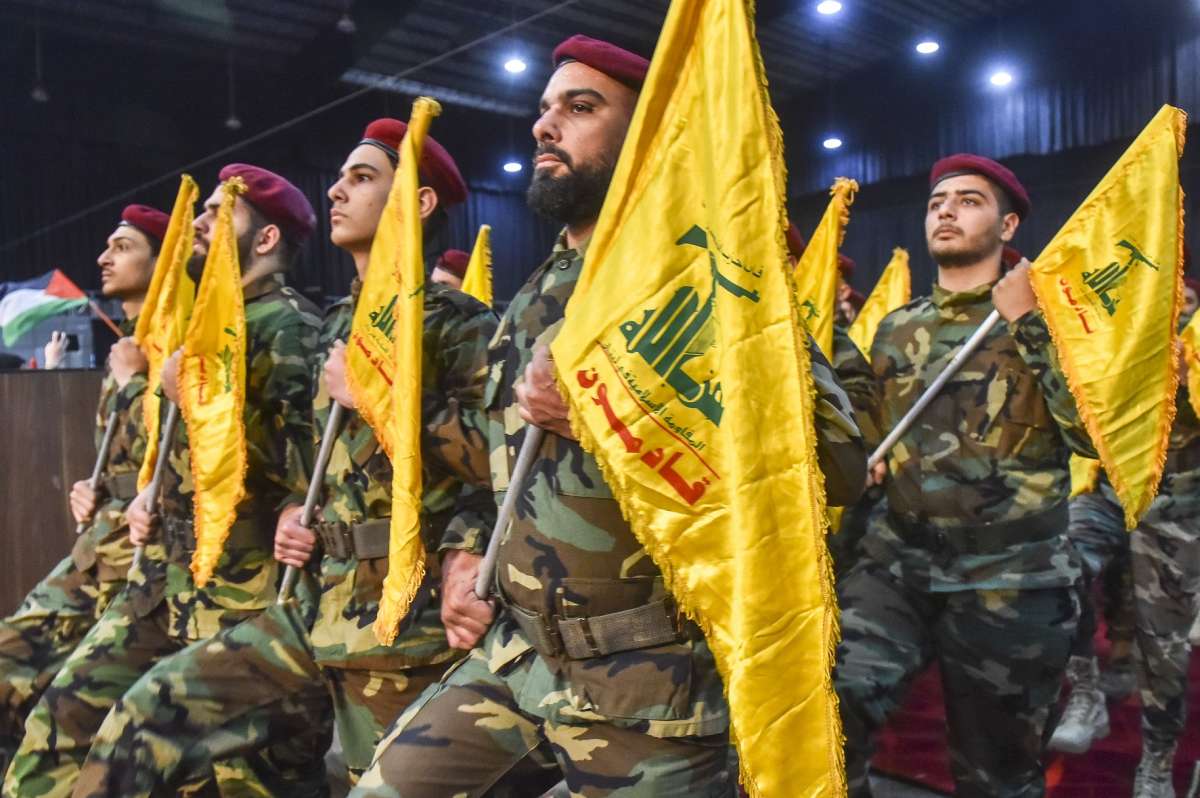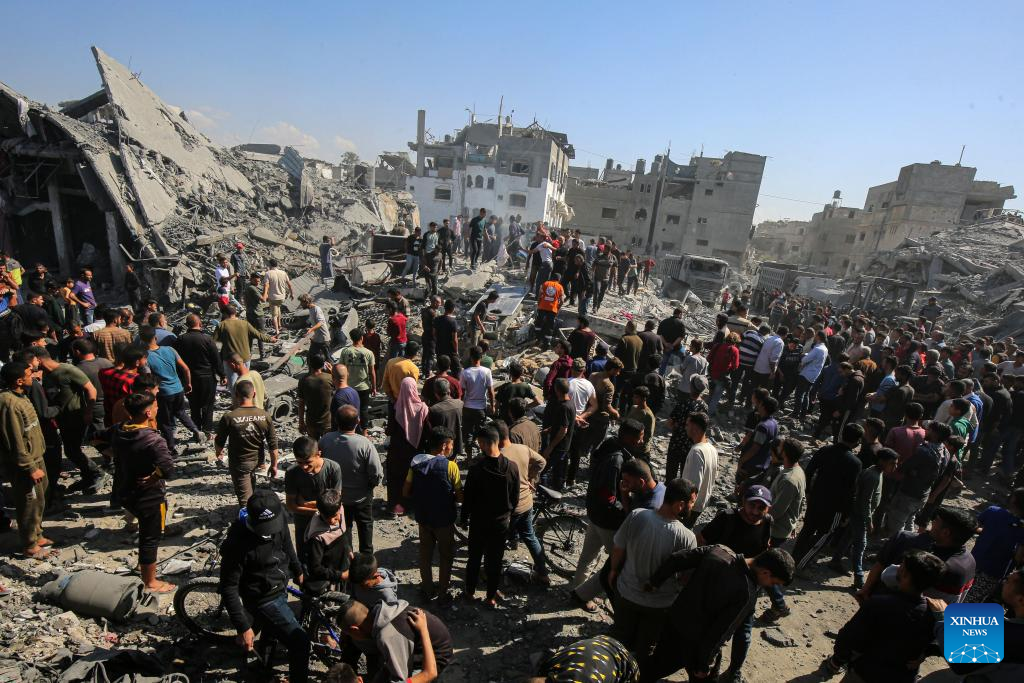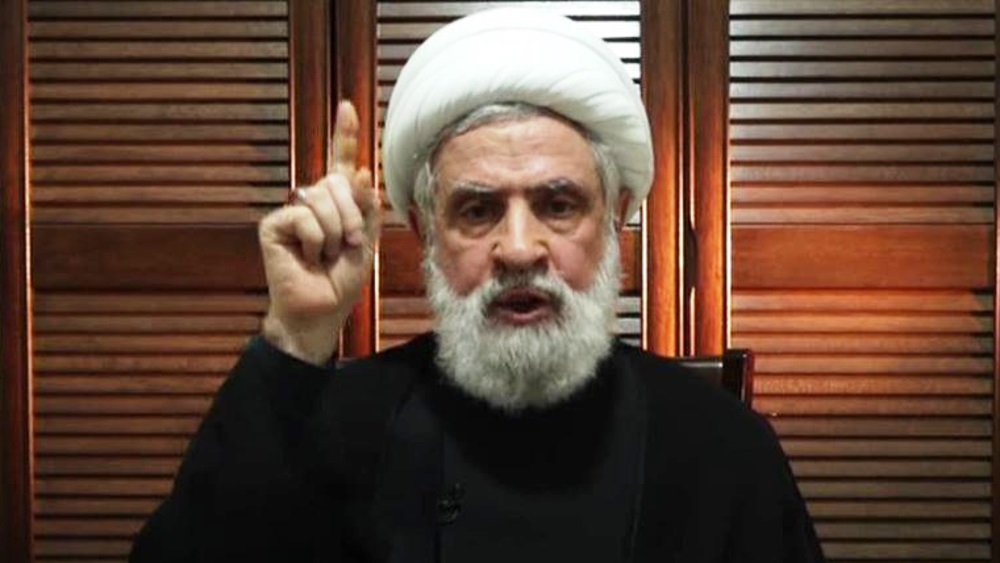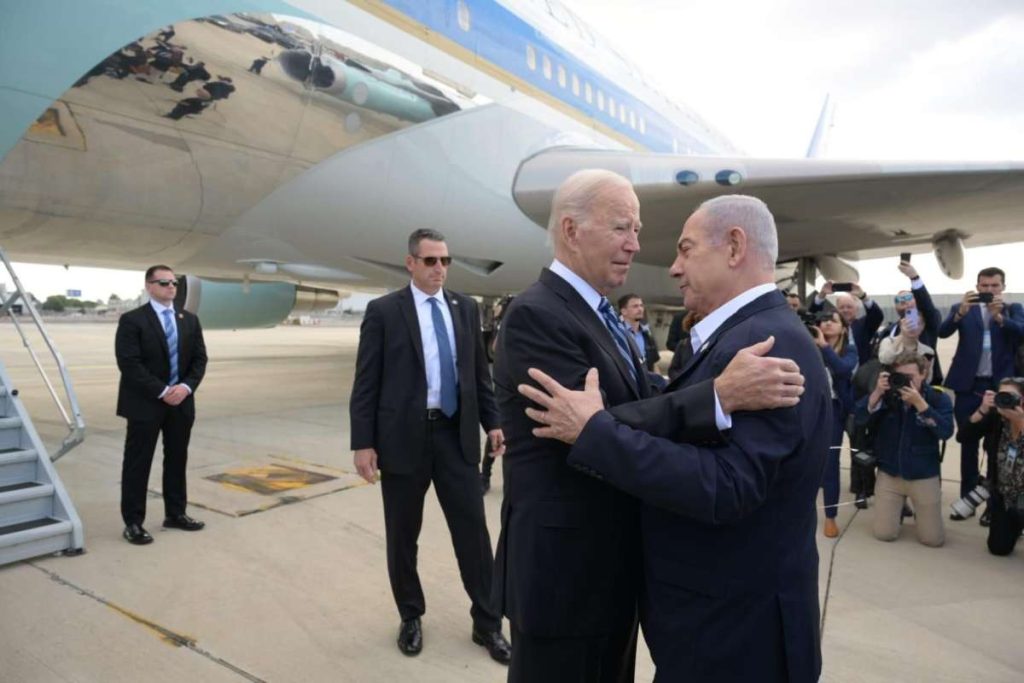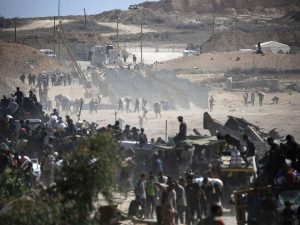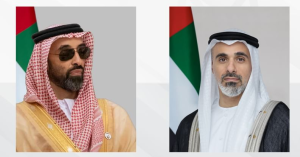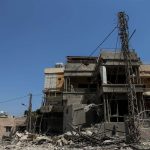Apart from its political and military influence, Hezbollah’s social and charitable endeavors have boosted its popularity in Lebanese society, garnering support from Sunnis and Christians alike….reports Vikas Dutta
As the Israel-Hamas conflict threatens to spiral into a wider conflagration, another non-state actor on the other end of Israel is priming up.
This Lebanese Islamist militant group, however, is an outlier – a Shia outfit in predominantly Sunni region, one in which Western – and (most) Arab – powers have labelled a terror group, and yet, the only one that has militarily made Israeli forces twice retreat from Arab territory.
Then, in another incongruity, Shia Islamist Hezbollah has close links with Sunni Islamist Hamas, in whose support it is massing up on the Israel-Lebanon border as the Israeli attacks on Gaza continue unabated.
This may not be as strange as it seems for it was their implacable enemy Israel that was responsible for growth of both, if not their genesis, and then, facilitating their contact.
Also, Hezbollah belongs to an outlier Arab country – the multi-denominational Lebanon, where, since its independence, the post of President is reserved for Maronite Christians, of Prime Minister for Sunni Muslims, and the Parliament Speaker for Shias.
And it is, by no means, a marginal outfit. While its longtime leader Sheikh Hasan Nasrallah, in 2021, pegged its strength at 100,000 men, other sources estimate it at 25,000 full-time members and 25,000-30,000 reservists, armed with the latest weapons and equipment as well as thousands of anti-tank missiles, as well a fair amount of anti-aircraft and anti-ship missiles.
In fact, Hezbollah is perceived as stronger that the Lebanese armed forces themselves, and its inventory of missiles is purportedly larger than the armies of most sovereign nations.
In around around forty years of existence, it has transformed from a small clandestine group of Islamist revolutionaries, known for guerrilla warfare and “human wave” warfare in the mountains of south Lebanon and other insurgent actions like suicide attacks to a potent semi-military organisation, imbued with proper intelligence and reconnaissance capabilities, enabling it to mount ambushes and more sophisticated, complex, and coordinated combined arms attacks on multiple targets.
In fact, Hezbollah has not carried out any suicide attack since 1999.
On the other hand, Hezbollah also began participation in Lebanese politics after the Taif accords of 1989 ended the country’s civil war, and has become a prominent political actor, with a number of seats in Parliament and becoming a part of many governments.
And this is why most Arab countries deem it a terrorist outfit, Lebanon considers a legitimate political force – and so does Syria – where it fought for Bashar Al Assad in the civil war, and to, some extent, Iraq, where it entered the fray against the Islamic State.

And apart from its political role, its military prowess, it is Hezbollah’s social and charitable role that has increased their popularity in Lebanese society to the extent that it has support from Sunnis and Christians too.
Born out of the civil war that erupted in Lebanon from 1975, the Israeli invasion of South Lebanon in 1982, and under the influence of Ayatollah Ruhollah Khomeini’s Iranian Revolution, Hezbollah primarily owes its origin to Shia clerics, who studied in Iraq and Iran, and Iran’s Islamic Revolutionary Guards, which trained its cadres.
Slowly overtaking and supplanting the Amal movement, which had so far commanded the allegiance of Lebanon’s Shias, spread over the country’s south and hinterland, Hezbollah came to prominence when it was linked to the suicide attacks on the US Embassy in Beirut in April 1983, the attacks on the barracks on the US Marines and French paratroopers in Beirut in October 1983 – which led both the US and France withdrawing their peacekeeping forces from Lebanon.
It was also named for at least one of the attacks in 1982 and 1983 on the Israeli HQs in Lebanon’s coastal city of Tyre – then occupied by Israelis after their invasion of South Lebanon.
However, there is uncertainty whether Hezbollah had come into existence by the time of these incidents, but it grew on to finally force Israel to withdraw from Lebanon in 2000. While Israelis returned in 2006 after Hezbollah kidnapped some soldiers, they again had to withdraw without enabling their goal of crushing it.
Israeli officials have admitted responsibility for facilitating Hezbollah’s rise. Following the 2006 war, former Prime Minister Ehud Barak said: “When we entered Lebanon … there was no Hezbollah. We were accepted with perfumed rice and flowers by the Shia in the south. It was our presence there that created Hezbollah.”
And Israel’s December 1992 decision to deport over 400 Hamas and Islamic Jihad operatives from Gaza in to Southern Lebanon – only enabled them to establish contacts with Hezbollah and learned from them.
It remains to be seen if Hezbollah enter – and expand – the dynamics of the current conflict.

